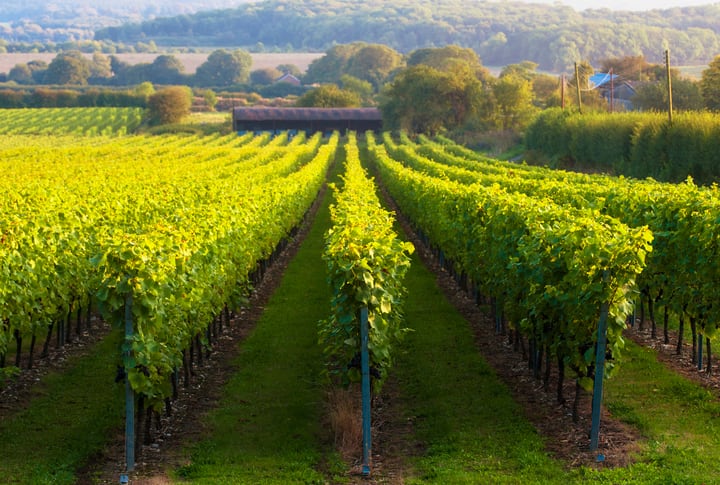Plastic waste is a global problem. Added to that is concerns about microplastics and nano-plastics: with little known about their long term effect on health.
Despite their everyday use around the globe, only around 9% of plastics are actually recycled. And around 50% of all plastics produced are single use.
This is all driving the search for sustainable alternatives that come from plant-based sources; and that biodegrade within a relatively short timespan.
Researchers from South Dakota State University have been tackling this challenge: looking at the potential of cellulose in creating eco-friendly films that act in a similar manner to traditional plastic wrapping.
And their prototype appears to hit the mark: proving its strength compared to traditional plastic while biodegrading in less than a month.
Films biodegrade in 17 days
While many plants contain cellulose, grapevines are particularly rich in the substance.
Every year, prunings from vineyards take the majority of biomass off the vines. But at the moment, this has little value or use to winemakers. Sometimes pruned canes are mowed over, composted and reapplied to the soil; but on other occasions they are burned.
Now, the South Dakota State University scientists have used the vines to prove how plant-based materials could create new films as an alternative to plastics.
The grapevine cane films they’ve created are transparent, strong and biodegrade within 17 days in the soil: leaving no harmful residue behind.
And testing revealed the grapevine films were actually stronger than traditional plastic bags when it came to tensile strength.
“We know that [oil-based] plastic stays for 700 to 1,000 years,” said Srinivas Janaswamy, an associate professor in South Dakota State University’s Department of Dairy and Food Science, who is behind the research.
“So we knew we needed something that disintegrated and disappeared fast.”
They researchers extract cellulose from agricultural byproducts via a chemical treatment process. The extracted fibers can then be treated and prepared into a film.
Once dry, the end film is very similar to petroleum-based films.
“Down the lane, we’ll be able to develop a single use bag that is biodegradable and ultimately there’ll be less plastic bags – that is my dream,” said Janaswamy.
He adds that the films hold ‘strong potential’ for food packaging applications, although comprehensive toxicity assessments would be needed first to ensure food safety.

Cellulose has long been used as a base for creating products. Cotton, for example, is primarily composed of cellulose. And previous research has extracted cellulose from products such as avocado peels, soyhulls, switchgrass, spent coffee grounds, corncob, banana peels and alfalfa: showing the potential of the technology. Different sources, however, create different properties in the finished product.
Researchers hope that, by further investigating how agricultural waste can be transformed into value-added materials, their research will support a circular economy and advance the potential of sustainable packaging solutions to be used at scale.
Vineyards
The world’s vineyard surface area stands at 7.1 million hectares, according to 2024 figures from the OIV.
While the lifespan of grapevines varies, they do have a limit to how long they can produce fruit from: with the quality of fruit reducing with age.
Furthermore, the global area dedicated to vineyards is on the decline: climate change is making some regions untenable; while reduced wine consumption and poor economics is driving some winemakers away from the business.

